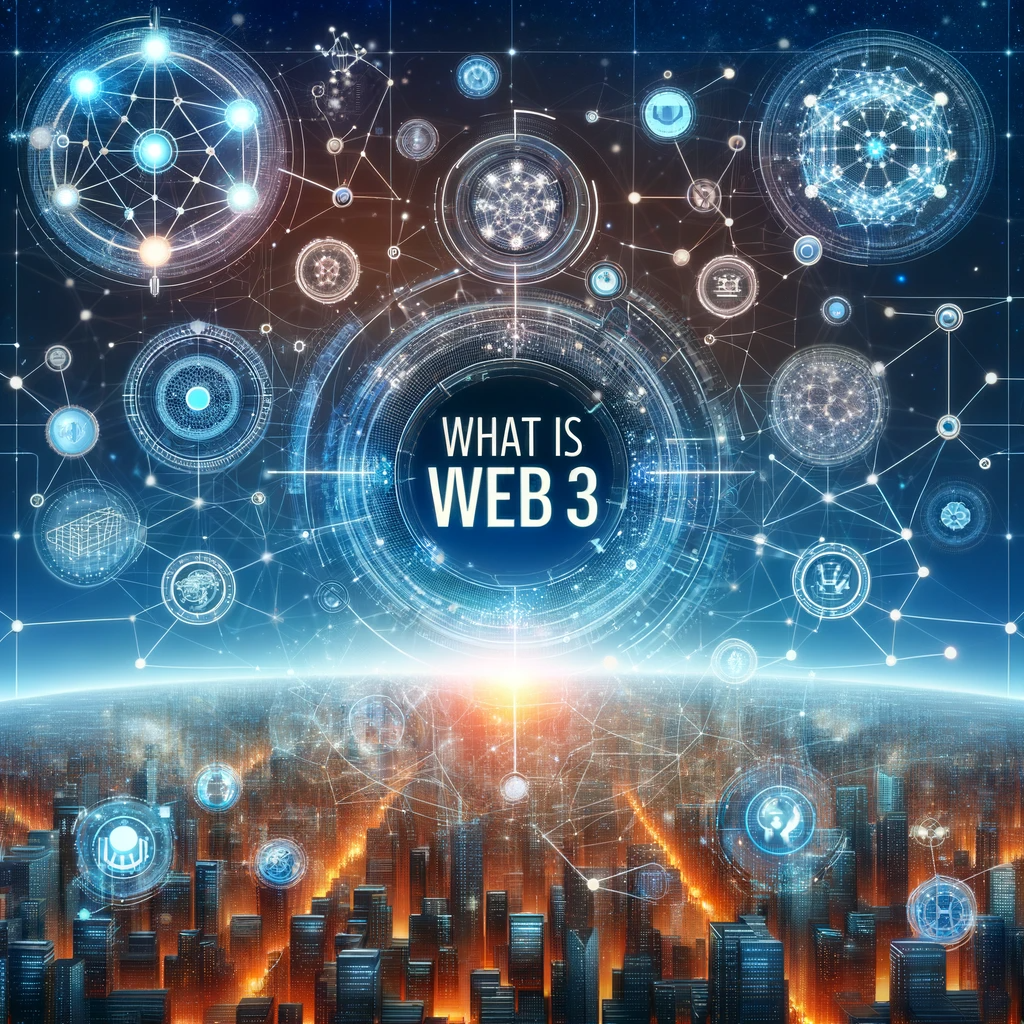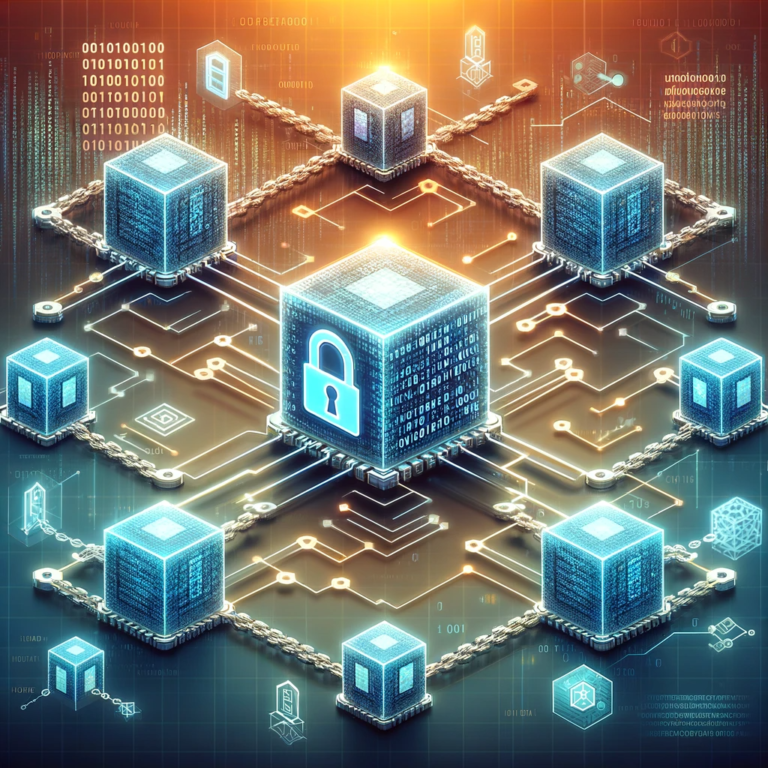Let’s break down the evolution of the internet into simpler terms, like the growth stages of a person:
Web1.0: The Internet’s Childhood
- What It Was: Web1.0 was like a toddler, simple and basic. It was mainly read-only, filled with static websites. Imagine a bunch of online brochures.
- User Experience: As a user, you could read content but couldn’t interact much. It was like watching TV – you can see, but you can’t participate.
Web2.0: The Teenage Internet
- What It Is: Web2 is the current stage, like a teenager. It’s interactive and social. Think Facebook, YouTube, and Twitter.
- User Experience: Users can create content, comment, like, and share. It’s interactive but largely controlled by big companies (like parents supervising a teen’s party).
Web3.0: The Internet’s Coming of Age
- What It Will Be: Web3 is like the internet growing up and moving out. It’s built on blockchain technology, emphasizing decentralization and user empowerment.
- User Experience: Users not only get to interact but also own and control their data. Imagine being part of a community where you have a say in the rules.
The Technological Revolution of Web3
- Decentralization: Web3 removes the middlemen (like big tech companies). This could mean more privacy and control over your data.
- Blockchain and Cryptocurrencies: They’re the backbone of Web3, enabling secure, transparent transactions and digital ownership.
- NFTs and Digital Ownership: Non-Fungible Tokens (NFTs) allow for real ownership of digital assets. It’s like owning a piece of digital art that’s uniquely yours.
- DAOs (Decentralized Autonomous Organizations): Imagine organizations run by members’ votes, not by a central authority.
- Smart Contracts: These are self-executing contracts with the terms directly written into code, making transactions more efficient and trustworthy.
Key Historical Events for Web3
- Bitcoin (2009): The first cryptocurrency, paving the way for blockchain tech.
- Ethereum (2015): Introduced smart contracts, expanding blockchain use beyond just currencies.
- Rise of DeFi (Decentralized Finance) and NFTs (2020s): Representing new ways of handling finance and owning digital assets.
Impact on End Users
- More Control: Users will have more control over their data and online identity.
- Earn from Content: Instead of big companies profiting from your content, you could potentially earn directly from it.
- New Ways to Interact Online: From decentralized social networks to virtual worlds owned by users.
Changing Market Dynamics
- Shift in Power: From a few big tech companies to a more distributed, user-centric model.
- New Business Models: Web3 could introduce new ways of doing business, like token-based economies or decentralized marketplaces.
- Innovation in Services: Expect services that are more focused on user benefits, privacy, and security.
Challenges for Web3 with Examples
- Complexity and User Experience: The process of setting up and using a cryptocurrency wallet (like MetaMask) can be daunting for non-tech-savvy users, deterring them from engaging with Web3 platforms.
- Regulatory Uncertainty: The ongoing debates and lack of clarity around the legal status of cryptocurrencies, as seen with the SEC’s varying stances, create a challenging environment for Web3 development.
- Security Concerns: The DAO hack in 2016, where $50 million in Ethereum was stolen due to a smart contract vulnerability, highlights the security risks in the Web3 space.
- Energy Consumption: Bitcoin’s blockchain, known for its energy-intensive Proof of Work mechanism, has been criticized for its environmental impact, comparable to the carbon footprint of small countries.
- Interoperability: Challenges in transferring assets or information between blockchains, like moving a digital token from the Ethereum network to the Binance Smart Chain, can be complex and sometimes unreliable.
- Data Privacy: Permanent data storage on blockchains means that once something is recorded, it’s difficult to remove, posing privacy issues – similar to an indelible post on a social media platform.
- Dependency on Cryptocurrencies: The extreme volatility of cryptocurrencies, like Bitcoin’s dramatic price fluctuations, can significantly impact the stability and feasibility of Web3 projects.
- Digital Divide: Access to Web3 often requires advanced hardware and a reliable internet connection, which can be a barrier in less developed regions, exacerbating the global digital divide.
- Centralization Risks: The dominance of a few major platforms, like the large share of NFT sales happening on OpenSea, raises concerns about new forms of centralization in the ostensibly decentralized Web3 world.
Conclusion
Web3 isn’t just an upgrade; it’s a reimagining of how we interact with the digital world. It’s about taking the internet from the hands of a few and placing it into the hands of many. It’s a shift from a controlled, centralized system to a freer, more democratic digital ecosystem. For users, it’s an opportunity to regain control of their digital lives. For the market, it’s a potential paradigm shift, changing how we think about online interaction, finance, and content creation.




